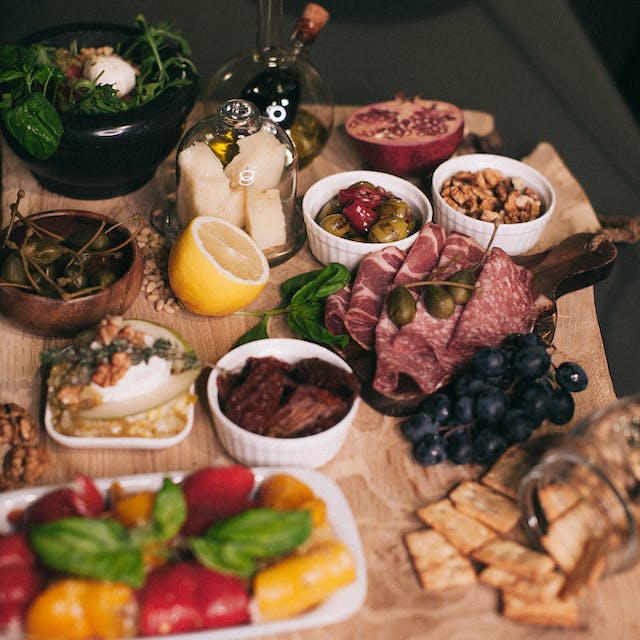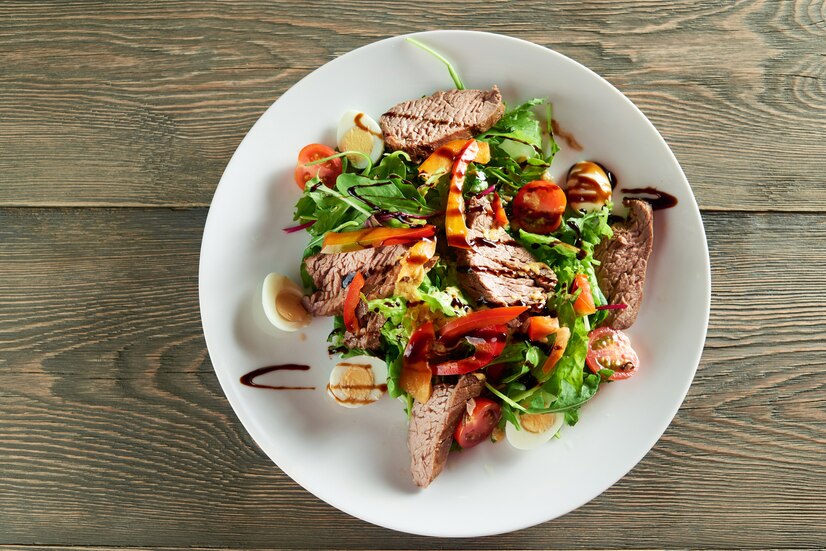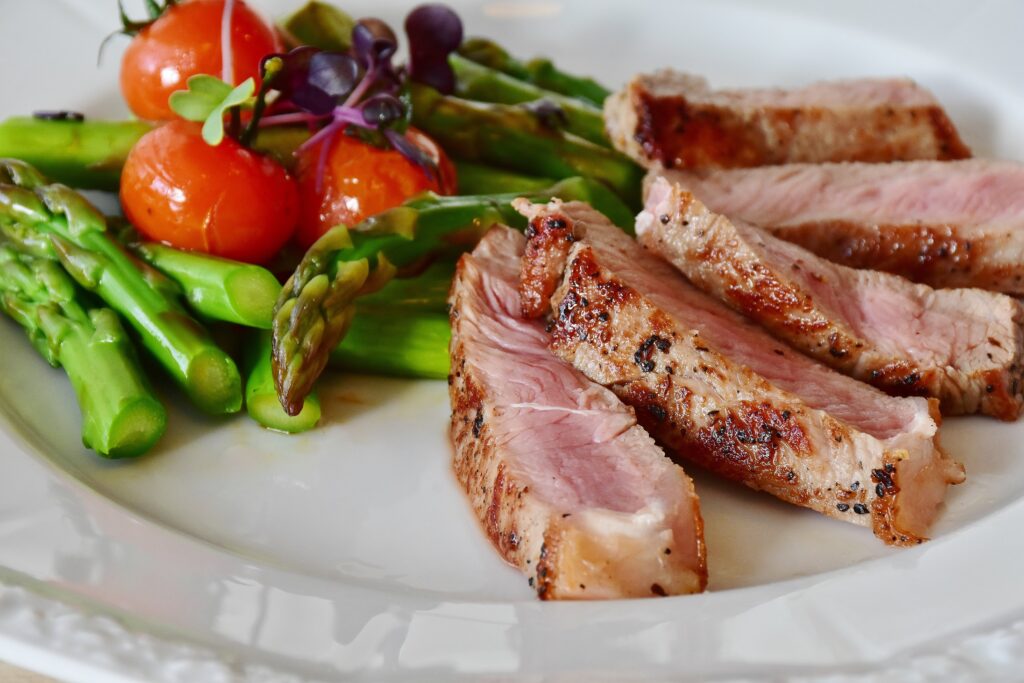Any day of the week, crispy, crackling pig belly nuggets beat out plain bread croutons. In addition to adding crunch and saltiness to salads, pork belly “croutons” have a tender, fatty centre that is incomparable to a square of stale bread.
However, you probably don’t have to be convinced to prefer meat croutons to bread ones. So let’s get to the recipe straight away. How does one create magnificent layers of crispy, thin skin, silky fat, and soft meat out of a tough piece of pork belly? You underestimate how simple it is. Additionally, pork belly is a very affordable meat cut, and when food is simple, affordable, and delicious, it makes you feel primal.
Pork belly is first marinated, seasoned, and then cooled in this recipe for seared pork belly. Though it’s easy, prepare ahead of time as the process takes around a day. At this stage, the pig belly is edible and quite flavorful, but what really makes it exceptional is the next step—rapidly frying it in a skillet.
This is the finest part, though. The combination of pork belly and greens is simply delicious. This kale and pork salad will open your eyes to kale even if you’re more of a meat lover than a kale lover. Raw kale combined with fatty pork is a delightful yin-yang mix.
Serves: 4.
Time in the Kitchen: 30 minutes of active cooking time + roughly 24 hours to chill and braise
Components:

Half a teaspoon (2.5 ml) of black peppercorns
Half a teaspoon (2.5 ml) of fennel seeds
One teaspoon (5 ml) of coriander seeds
1 1/2 to 2 pounds (680–900 g) of skin-on pork belly
two bay leaves
One sliced onion
two cut cloves of garlic
A cup (240 ml) of water
Two sizable bunches of Tuscan kale, or lacinato
One big lemon, squeezed and zested
Dijon mustard, one tablespoon plus one teaspoon (20 ml)
Two little shallots, cut finely
Half a teaspoon (2.5 ml) of kosher salt
1/3 cup (or more to taste) extra virgin olive oil
Guidelines:
Pork belly with the skin on can be requested specifically from your butcher or obtained at Asian grocery stores.
Set the oven’s temperature to 250 °F, or 120 °C.
In a dry sauté pan, combine the peppercorns, coriander seeds, and fennel; toast over medium-high heat until aromatic, about 2 minutes. Move to a chopping board, then pulse in a coffee grinder a few times or smash with a rolling pin.

Place the pork, skin side up, in a baking dish that is ideally not too larger than the belly and generously season it with salt (one to two teaspoons/5 to 10 millilitres). Over and around the belly, distribute the crushed spices, bay leaves, onion, garlic, and other ingredients.
After adding a cup of water to the baking dish, securely cover it with foil and then a lid. This creates an even tighter seal. If there is no lid on the baking dish, just make sure the foil is firmly sealed.
Cook the pork belly for 4 1/2 hours, or until the meat is quite soft.
Remove the dish from the oven, take off the foil and cover, and let the liquid to cool fully. After that, refrigerate the dish for the entire night.
Take out of the pot the cold pork belly. Remove most of the onion and/or seasonings that have adhered to the meat by scraping it off. Throw away the liquid used to braises the meat.
Cut the pork belly into approximately 36 little, bite-sized squares. If necessary, season the pork with salt after tasting it. Put aside.
Tear or chop the kale leaves into small pieces after removing the central stalk and discarding it. Transfer the kale to a big bowl.
Combine the lemon juice, zest, mustard, shallot, salt, and olive oil in a small bowl. If you would like to lessen the tanginess and alter the flavour, use extra olive oil.
After pouring the dressing over the kale leaves, use your hands to massage it in. The kale leaves become softer when you massage them. Put aside.
Grease a sauté pan (you may use coconut oil or lard) lightly and place it over medium-high heat. (Searing your pork belly will be ruined by the sticky pork skin that sticks to a hot pan. That’s why searing pork belly is best done on a non-stick pan. But, a well-seasoned cast iron skillet is the next best option for this dish if you don’t want to use non-stick.)
Pork belly chunks should be added to the pan in little batches, skin side down. To prevent the pieces from toppling over, arrange them in the pan closely together so they can press against one another. Sear the pork until it’s beautifully browned on all sides, or until the skin is crispy and deeply browned. When cooking, watch out for splattering hot fat. Use your splatter guard if you have one!
Between batches, you’ll probably need to drain the fat from the pan. The pork won’t crisp up and the hot fat will splatter wildly if there is an excessive buildup of fat in the pan.
Serve the greens with the warm pork belly “croutons” mixed in.


